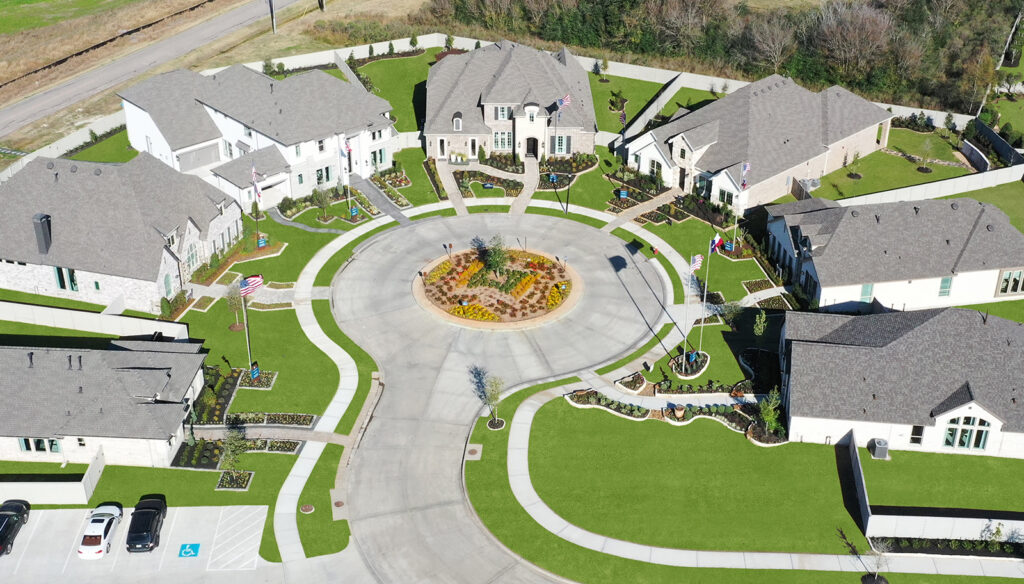What are the risks of NOT using an independent architectural control firm?
We’ve all seen those communities; the ones where you drive through and wonder to yourself, “Who was in charge?” Usually, the answer is that NO ONE was in charge. In over 20 years of managing architectural control for master-planned developers, we’ve seen it all!
Just some of the No-No’s include communities that:
- Failed to vary front yard setbacks, leading to a boring and unattractive streetscape.
- Mix-matched fences along major roadways negatively affect the drive-by experience.
- Allowed shutters that couldn’t possibly cover the window.
- Failed to manage monotony rules, creating a sea of beige.
- Allowed two-story side elevations without a window to break up the building’s mass.
The result of these and similar errors? A boring or inconsistent community appearance can negatively affect future home sales and perhaps even result in disgruntled existing residents. (And word of mouth is so important!)
The developer didn’t do anything wrong per se. He or she laid the groundwork and sold off the lots, trusting in the builders to do their best work and make the community look great. But the builders aren’t necessarily focused on neighborhood appearance. The focus is home-by-home. Sometime the big picture is missing in favor of turning inventory.
Beautiful and top-selling communities do not happen magically. They take planning and dedication from beginning to end. What’s more, no developer wants to be the “bad guy” and deal with enforcing the rules with his builder customers.
That’s why using an independent architectural control firm allows developers to step back into the role of developer and a more comfortable relationship with his or her builder clients. Plus, the developer can focus on core competencies, and maybe even get the weekend back!
An architectural control firm manages and supports the home construction process, acting on the developers’ behalf to facilitate communications and work to maintain the ultimate value of the community. When considering the timeline of a master-planned community—often decades in the making—it’s risky NOT to have a professional architectural control company supporting the vision.
